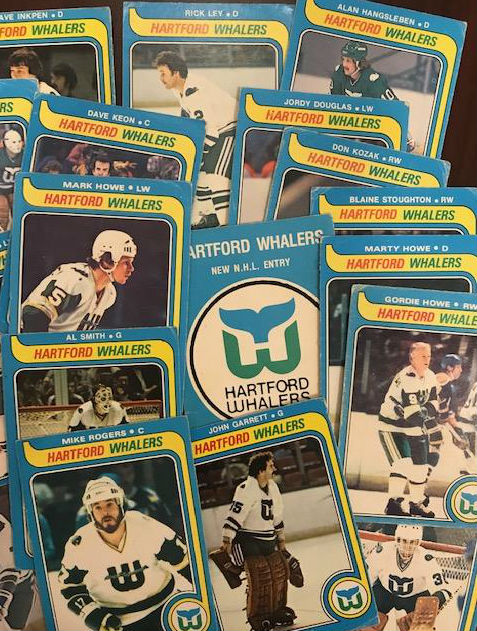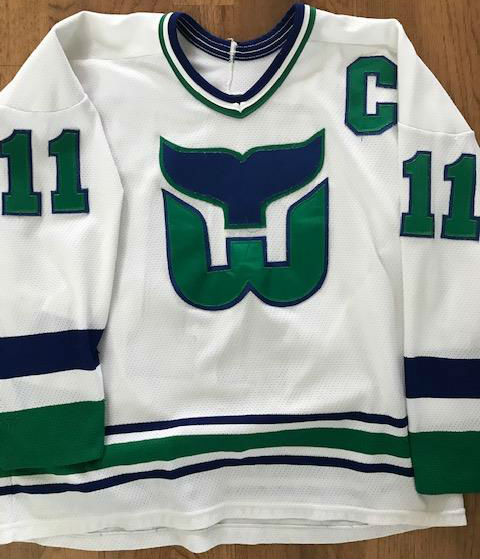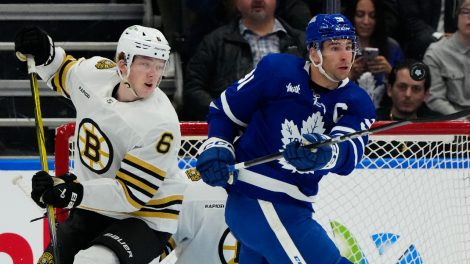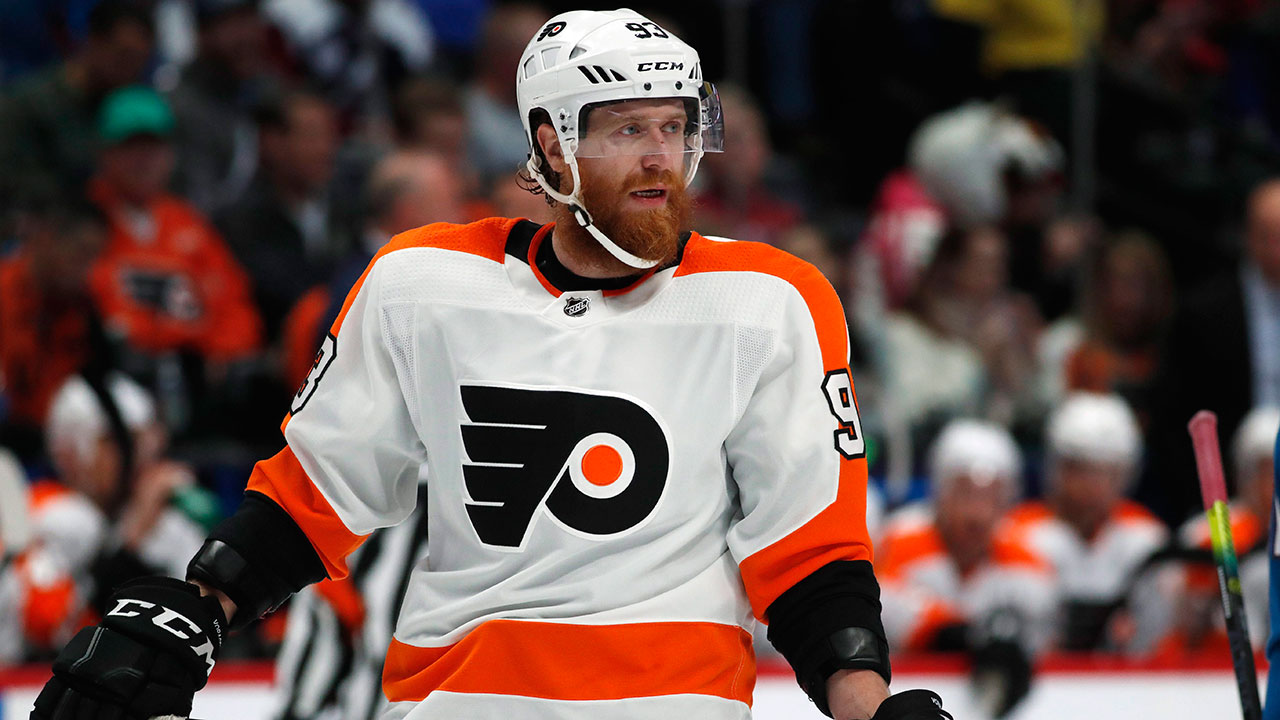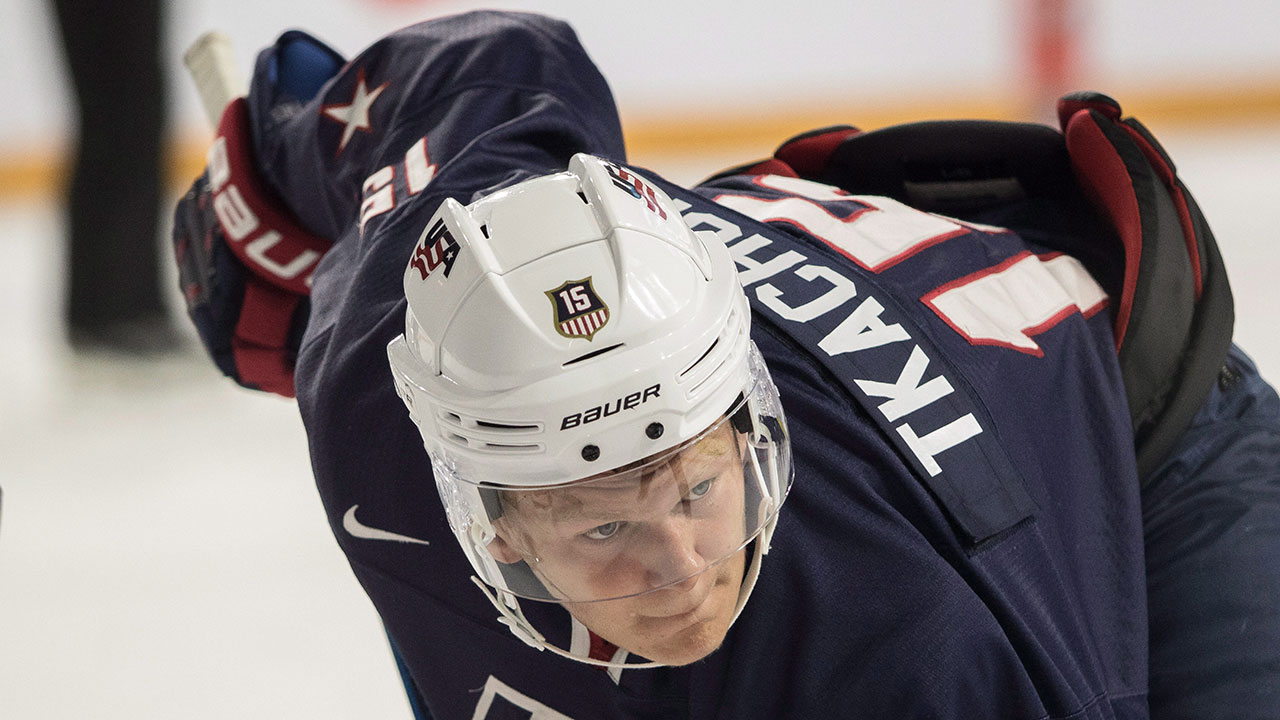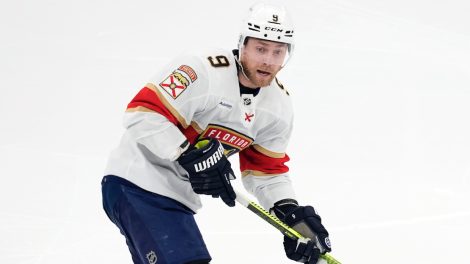I can’t recall if it was the clever logo, the quirky name, the team colours or the Cooperalls that first drew me to the Hartford Whalers. Certainly my lifelong affinity for the underdog is a big part of what made the NHL’s lovable losers so attractive to me. That, and the fact I never met anyone else as a kid who liked the Mighty Whale.
Whatever it was, I was reeled in – harpooned if you will – by the Whalers early on in their 18-year NHL existence. It is, in fact, the only NHL team I ever cheered for. Yes, the only hockey team I’ve ever felt passionately about (outside of our national squad) is a club that’s been defunct for 21 years.
One of the sole drawbacks of living out a childhood dream of being an NHL scribe is that you watch games objectively, losing the ability to see things through the eyes of a fan. You don’t cheer. You simply chronicle and opine.
I miss what it felt like as a teen to care deeply about the outcome of a game or a season.
I miss the Whalers.
So, I’m excited about tuning in for a Carolina Hurricanes game Dec. 23 when the franchise that abandoned Connecticut in 1997 will host “Whalers Night,” wearing classic Whalers silks against their old Bruins rival.
It brings me back to a magical day when I wandered into a Mississauga, ON sporting goods store that advertised the fact they could, in fact, order jerseys of any team in the league. Remember, these were the early ’80s, when local merchandise was limited largely to the home team’s Leafs and a few original six options.
Although the opportunity came at great expense for a youngster, the store could customize the sweaters, presenting an overwhelming quandary as I debated for days what number and name to honour. I settled on wearing No. 11 in honour of my favourite player, Kevin Dineen, a power forward who could do it all (including scoring the last goal in Whalers lore).
I beamed with pride over the ability to put FRANCIS on the back, not just because it was my name, but because it was that of captain Ron, who I may or may not have fibbed about being my uncle in the schoolyard from time to time. Google wasn’t around to prove otherwise.
Although it fits far snugger and shorter in the arms than it did when I could wear it over my hockey equipment, I still pull on the jersey for my annual hockey draft.
It reminds me of nights when my father would hold my tiny hand, navigating us through crowds on Carlton Street and into Maple Leaf Gardens.
It gave me the rare opportunity to see Whalers who I’d previously only read about in Goal Magazine, John Davidson’s Hockey Annual, or on the back of my beloved O-Pee-Chees. They didn’t get much TV time.
Although I loved players like Borje Salming, Mike Palmateer, Darryl Sittler, Dave Williams and Lanny McDonald, it was hard to cheer for a team with an owner as horrible as Harold Ballard.
So there I stood, proudly cheering every Whalers goal while looking around to find absolutely no one wearing similar blue and green. Part of what made being a Whalers fan so appealing was that you were on an island. There weren’t many of us.
Mike Rogers played the first two NHL seasons of the Whalers existence starting in 1979, scoring a remarkable 105-points each campaign. He’ll be at PNC Arena on the 23rd signing autographs and dropping the puck as part of the retro celebration.
Rogers said playing in the league’s smallest US market always felt like the NHL’s backwoods – a team that had plenty to prove as one of the WHA’s four entrants.
The fan base was small, expectations were low and the goal song was humiliating.
“Marty Howe hated that song but the more we heard it the better we were doing,” laughed Rogers of Brass Bonanza, a trumpet-led tune synonymous with the club.
“Another thing that said a lot about the organization was our mascot. You’d think it would be a kid in a whale outfit, but it was a rabbit. What the…? I’m thinking, ‘we’ve got a friggin’ rabbit skating around with us?’ Somehow, nobody ever questioned it – that’s what surprised me.”
Few noticed, as the Whalers played second fiddle to 20 other teams throughout an existence that saw them finish above .500 just three times in 18 years. Only once did they get though the first round, beating Quebec in 1986 before losing in overtime of Game 7 to the eventual Cup champion Canadiens in the second round.
In 1992, while trying to study for university finals, I recall being gripped by another seven-game series against Montreal that also ended in overtime heartbreak.
I happened to play golf in Palm Springs several times with the coach of that team, Jimmy Roberts, before his recent death. The five-time Cup winner said he never got over the anguish of Yvon Corriveau missing the net on a breakaway in the deciding overtime before Russ Courtnall beat Frank Pietrangelo.
Neither have I.
The Whalers would never again make the playoffs. For years I believed in my heart there wasn’t a better line out there than Francis, Dineen and Sylvain Turgeon. Pat Verbeek, Ray Ferraro and Blaine Stoughton were formidable scorers in their time for an organization that employed a who’s who of hockey including Bobby Hull, Dave Keon, Chris Pronger and so many others.
Heck, Rogers was surrounded by Gordie, Mark and Marty Howe during the Whalers’ inaugural NHL season.
Long before the internet made every fan an expert, I like to think I knew everything from A to Sidorkiewicz about the Whalers. The green Cooperalls they wore in 1982 felt “cutting-edge” as my team also wore them with pride.
In my garage hangs a Whalers pennant I bought almost 40 years ago, prompting my eight-year-old son to ask recently who the Whalers are.
“That’s my team,” I responded before trying to explain what happened to the club.
Although I romanticize what it would be like if “my team” was still in the league, the reassuring reality is there’s no pressure involved in idolizing a franchise that no longer exists. No more of the predictable-yet-agonizing losses in the first round, no more gut-wrenching trades, nor do I feel compelled to lash out online as modern fanatics do.
I smiled when I saw Hockey Canada announce Francis and Sean Burke would be co-GM’s of the Spengler Cup team, coached by Dineen. All Whalers studs.
I’m always happy to see former Whalers like Mike Liut, Kay Whitmore, Joel Quenneville, Dave Tippett, J.S. Giguere, Verbeek and Brendan Shanahan either around the rink, or simply having success. John Anderson long ago opened a burger joint two blocks from my childhood home. It’s still there.
I still feel tied to them all. Weird.
Although I’ve struggled as a journalist to understand the blindly fanatical, all-consuming nature of many sports fans, I guess that’s what being a supporter is really all about – feeling like you are a part of something.
I’ll always identify myself as Whalers fan.
“What’s pretty cool about it is you go through airports and see someone with the logo on a hat or shirt and it really stands out – you feel a connection,” said Rogers, reminding me the original logo while they played in the WHA as the New England Whalers was a ‘W’ with a harpoon through it.
“I think the logo had a lot to do with it – it was kind or unique. People just related to it.”
Rarely shown on TV and forever absent from sports stores, I’ll never forget ordering and receiving that jersey, bringing me closer to something few others seemed to care about.
It made me love them even more.



